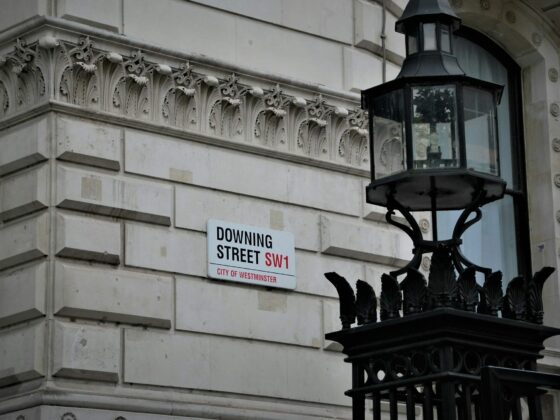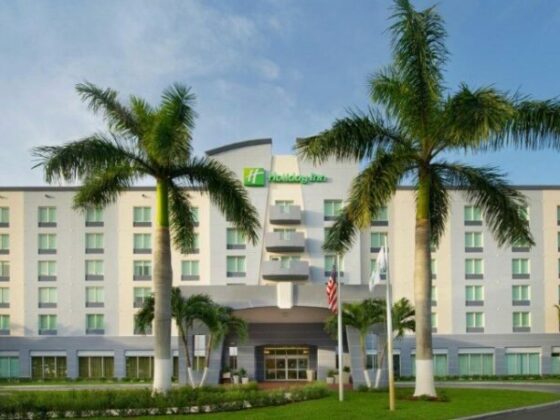
Most hospitality professionals are laser-focused on staffing, service, and customer satisfaction, and rightly so. When it comes to payments, overlooking the fine print could turn a strong season into a missed opportunity.
The Surcharge Trap
As credit card processing fees continue to climb, many hospitality businesses have turned to surcharging, adding a fee to cover the cost of accepting credit card payments. While this may seem like a smart way to protect margins, it’s also one of the most common compliance pitfalls.
Rules surrounding surcharges vary by state, with some banning surcharging altogether, while others cap the amount you can charge or require that specific disclosures are transparently communicated at the point of sale. The card brands have their own compliance rules, regardless of any additional state restrictions. Adding another layer of complexity: debit card surcharges are always illegal, even when credit card charges are allowed.
Unintentional violations, like charging the wrong percentage, failing to post signage, or lumping surcharges onto debit transactions, can result in serious tax implications or hefty penalties. Many operators often implement these programs without fully understanding the legal landscape.
That’s why any surcharge strategy should begin with two steps: a legal review and the right technology. Use software that automatically applies compliant charges and train your team to clearly explain charging policies to guests. This transparency is not just about legality; it’s about preserving trust in a customer experience-driven industry.
Beyond the Swipe: Understanding Your Statement
Payment statements are notoriously difficult to decipher. They contain vague fees, tiered rate structures, and unexpected add-ons.
Processing fees aren’t a fixed cost; they’re negotiable, but only if you know the right questions to ask. Whether working with a third-party expert or taking time to analyze your monthly statements internally, understanding what you’re being billed for is the first line of defense against margin loss.
Cash Discounts: A Safer Alternative?
One option gaining popularity is the cash discount model. Rather than tacking on an extra charge for credit use, this model lists a higher price and offers a discount to those who pay with cash. While this removes the processor from the equation and can be easier to manage legally, it does have drawbacks.
Cash payments are in decline, especially among younger travelers. If your guests aren’t carrying cash, this discount becomes irrelevant. Additionally, the perceived lack of convenience or modernization can impact brand perception, especially in upscale or tech-forward hospitality environments.
The POS System Factor
Behind every smooth transaction is a point-of-sale (POS) system, but not all are created equal.
Some POS systems limit processor choice, forcing operators to accept higher rates or less favorable contract terms. Others offer greater flexibility, including compatibility with multiple processors, seamless API integration, and options for mobile and contactless payments.
A POS system should be evaluated not only for front-end convenience but also for its back-end cost implications. Merchants should assess whether the system provides transparency into fee breakdowns, and if it accommodates cash discounting and compliant surcharging.
If not, it might be time to rethink your stack.
Protecting Profit with Better Payment Hygiene
While labor and food costs dominate most budget reviews, payment processing should be treated with the same level of scrutiny. This includes:
- Conducting regular audits of processor statements.
- Benchmarking your rates against industry norms.
- Reviewing contracts for inflexible terms or hidden fees.
- Avoiding long-term commitments without built-in reassessment clauses.
- Ensuring your team is trained to flag transaction or compliance issues before they snowball.
Most importantly, hospitality leaders need to think of payment processing as a controllable expense, not just a cost of doing business. With the right guidance and visibility, many businesses can reclaim thousands annually that would otherwise be lost to opaque fees or regulatory missteps.
A Moment for Action
The hospitality industry has always excelled at delivering memorable experiences, but those experiences don’t need to come at the expense of revenue. As the high season continues, now is the time to assess your payment infrastructure, understand the evolving regulatory environment, and make any necessary adjustments.
In an industry where every detail matters, don’t let payment processing be the blind spot that costs you your margins.









